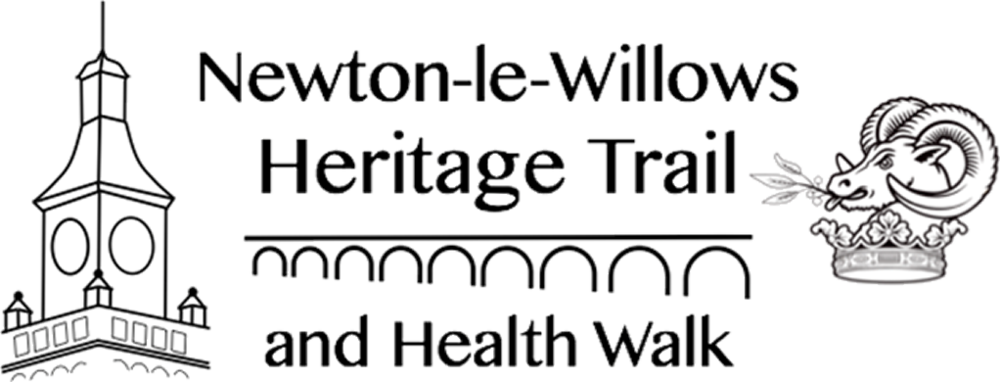Vulcan Works
The works were established around 1832 alongside the Warrington and Newton Railway by Charles Tayleur to produce girders forrailway bridges, switches and crossings, and other iron work materialsfollowing the opening of the Liverpool and Manchester Railway. Shortly afterwards he was joined in partnership by Robert Stephenson, son of George Stephenson, and soon began building locomotives rather than having them built in the north-east of England.
The first locomotives were completed in 1833 including three for the Warrington and Newton line, these were named “Warrington”, “Newton”, and “Vulcan”.
Over the next 150 years thousands of steam locomotives were produced for use on railways all over the world. During WW2 the foundry focussed on making Matilda tanks, returning to locomotives in 1943. In later years the factory ceased making full locomotives and instead specialised in the production of large diesel engines. The foundry was closed in 2002.
Vulcan Village
Built by the Vulcan Foundry to house its workers, construction of the village was thought to have begun in 1833, though records of the origin of the Village are scarce. The only indication that the Village existed in 1835 is the notice to hawkers and ballad singers, which is located on the gable ends of Derby Row and is dated 1st of May 1835. Much later in the century, the village hostelry, the Vulcan Inn and the bath/washhouse were erected on the village green, loosing the majority of the central open space.
There are 114 houses in the six rows of Terraces, all named after major cities. In 1984 the houses in the village were virtually rebuilt in order to bring them up to modern housing standards. In 1986 the village gained the status of a conservation area.
Sports
In 1948 work began on the sports ground and this was eventually completed in 1951. Later in the same year a tender was accepted for the new pavilion for £10,500. Later additionsto the facility brought the pavilion lounge and snooker room extensions in February 1958 while in 1965 the porch and small lounge were completed.
The completed sports ground offered a running track, four tennis courts, three bowling greens, an indoor rifle range and pitches for football and rugby. Angling was also available at the Vulcan Reservoir.
The land was sold to housing developers alongside the land that had contained the foundry and now forms part of a housing development. A new community sports facility was rebuilt in 2016, which will ensure the sporting legacy of the area can continue.
Emmanuel Church
Prior to 1841 Newton was part of the huge parish of Winwick. The 1841 Winwick Rectory Act formed a separate parish with the consequent need to have its own parish church in Newton. This produced the situation in which Mr. Legh, the Lord of the Manor, had the right of patronage for St. Peter’s and Lord Derby for the rest of Newton.
Mr. Legh being unwilling to surrender the right of patronage to Lord Derby, the Act was drafted to specify that the new church being built at Wargrave would be the parish church for Newton. In those days, despite the proximity of the Vulcan Village, Wargrave Moss was quite an out of the way location. If the development of Earlestown had been foreseen then it is quite possible that the church may never have been built.




